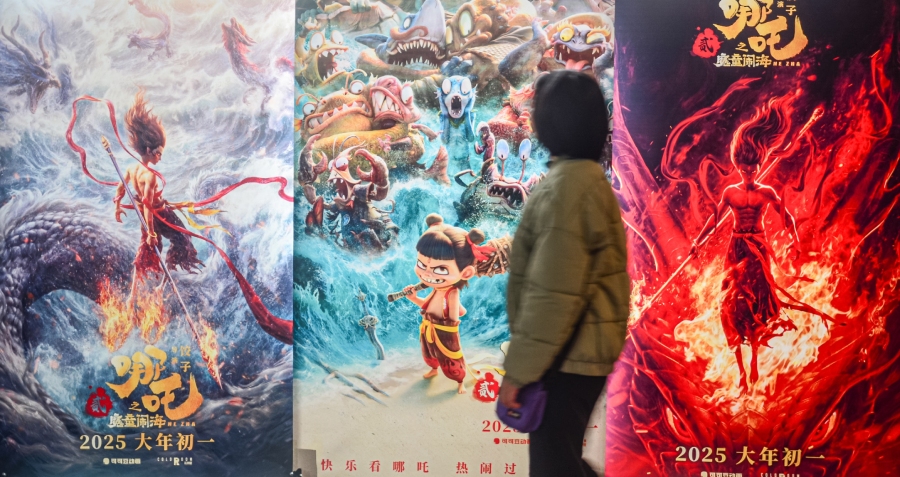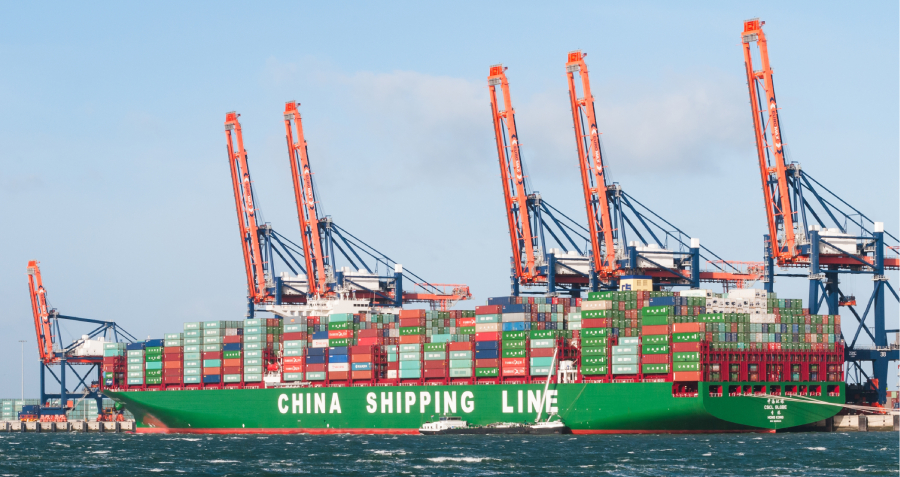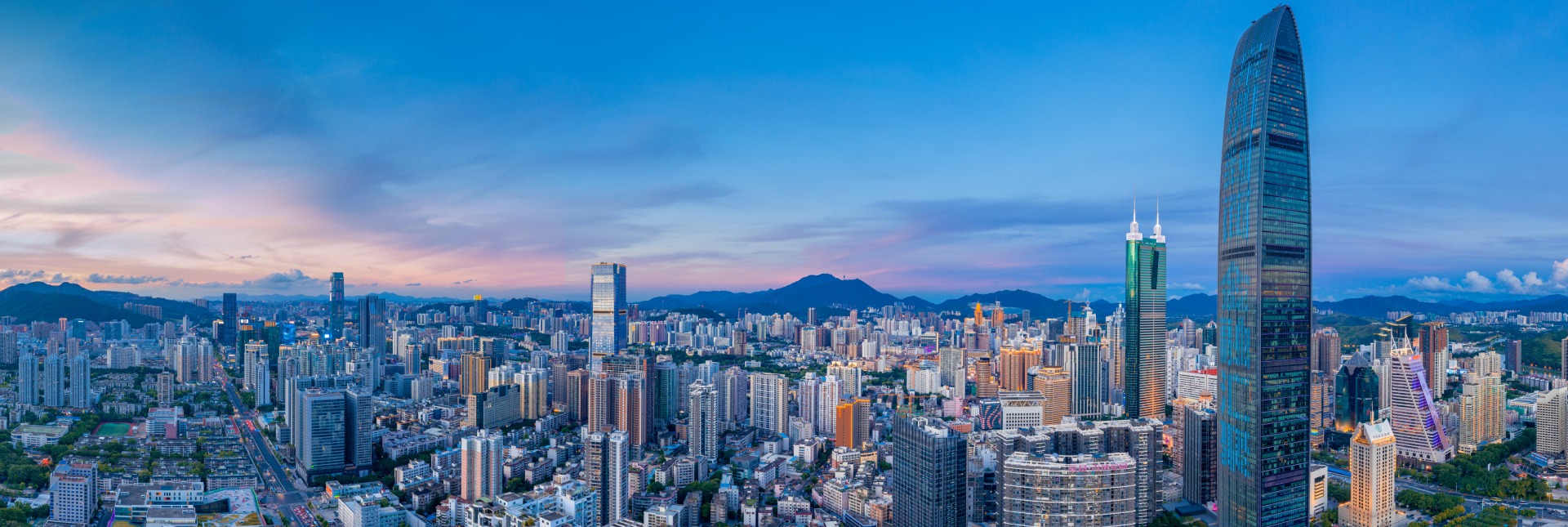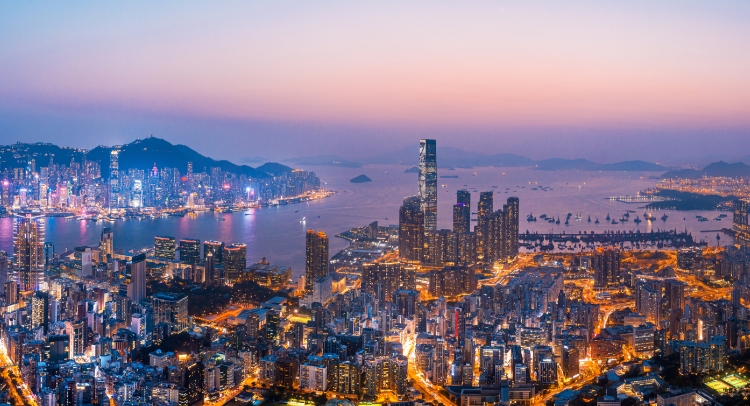Chinese cinema got off to a flying start in the Year of the Snake, with the animated movie Ne Zha 2 smashing box office records to become the country’s highest-grossing film of all time. After raking in a massive ¥15.1 billion ($2.08 billion), the film also ranked fifth in box office takings globally at the time of writing, marking the first time a Chinese film—let alone an animated one—has cracked the global top 10.
“Suffice it to say that the Chinese film industry is getting better at making quality animation films that can compete with Disney and Japanese anime for China’s domestic market,” says Zhu Ying, a professor in the Academy of Film at the Hong Kong Baptist University (HKBU).
But while the financial success of Ne Zha 2 showcases the growing strength of Chinese animation, it is overshadowed by the fact that the country’s films are still largely confined to playing within China’s borders, with a long way to go in extending their appeal into other markets.
Rise of the East, Fall of the West?
Chinese box office revenues were ¥42.50 billion ($5.86 billion) in 2024. They have yet to recover fully from a downturn during the pandemic after a record-setting year in 2019, when revenues reached ¥64.26 billion ($8.85 billion), according to China Film Administration data.
The Chinese New Year holiday, always a key driver of box office revenues, typically accounts for 15%-20% of annual ticket sales. During the 2025 holiday period, ticket sales, fueled by Ne Zha 2, totalled ¥12 billion ($1.6 billion).
Recent years have seen a number of other Chinese blockbusters surpass ¥3 billion ($400 million) in ticket sales. These span various genres, from sci-fi to patriotic epics, showcasing a growing diversity in Chinese cinema.
In 2023, homegrown releases dominated the top ten box office rankings in China grossing ¥26.63 billion ($3.67 billion), making up 48.48% of the total. For comparison, in North America (US and Canada) the box office revenue was approximately $9 billion, with the top ten films earning $3.38 billion, or 37.57%.
Imported films, especially Hollywood blockbusters, once dominated the Chinese market in terms of income but now no longer dominate for various reasons. In 2024, China released 501 films, with 425 domestic and 76 imported. According to China Film Administration, in 2023, imports made up just 16% of the ¥54.92 billion ($7.6 billion) box office revenue, with no imported films in the top 10.
This contrasts sharply with 2014-2018, when imported films, particularly Hollywood releases, were regularly in the top 10, culminating in Avengers: Endgame setting a ticket sales record worth ¥4.25 billion ($588 million) in 2019.
The last 30 years have seen domestic films now account for about 65%, with the rest going to imports, says Chuan Shi, Professor at Shanghai Theatre Academy.
“This division stems from the revenue-sharing system introduced in the mid-1990s when Chinese films lacked quality and appeal,” says Shi, who is concurrently Deputy Chair of the Shanghai Film Association. “To support domestic production, China began importing 10 blockbusters annually from 1996 to 2000.”
But as new generations of Chinese filmmakers, more attuned to cultural nuances and evolving tastes, create films that resonate with audiences once drawn to Hollywood blockbusters, imported films are losing appeal due to a perceived lack of innovative storytelling, especially among young Chinese moviegoers.
Hollywood’s declining popularity in China is partly due to its failure to adapt to market trends, such as increased representation of female perspectives, a gap quickly filled by homegrown productions.
“The unexpected successes of films by female directors, such as Her Story, YOLO, and Hi, Mom all suggest a gender division in the marketplace and have a female audience that has been feeling under-served for a long time,” says Chris Berry, Professor of Film Studies at King’s College London (KCL).
Further hampering American films in China are rising geopolitical tensions with the US. Several Hollywood releases, including Eternals and Doctor Strange in the Multiverse of Madness, were banned in China over elements allegedly detrimental to the country’s image.
Another Marvel film, Shang-Chi and the Legend of the Ten Rings, was denied a stamp of approval by China’s censors due to its controversial main character Xu Wenwu, who is believed to be inspired by the notorious fictional figure Dr. Fu Manchu. Worsening the divide, typical Hollywood narratives featuring individual heroism and liberalism increasingly clash with the collectivist values at the root of Chinese society.
From Hong Kong to the world
Hong Kong films played a crucial role in shaping the image in the early years of Chinese-inspired cinema. Berry of KCL explained that Hong Kong’s kung fu films gained traction first with African American audiences in the 1970s, “because they lived in inner city neighbourhoods where the Chinatown movie theatres playing Hong Kong films were located, and because they liked seeing Bruce Lee beat the white guy,” he says.
Later on, Hong Kong films expanded, from Stephen Chow’s comedies to Wong Kar Wai’s art-house dramas. The legacy of kung fu cinema endures through stars like Jackie Chan and Jet Li, while its gangster movies gained global recognition with Martin Scorsese’s remake of Infernal Affairs, turning it into the Oscar-winning The Departed.
North of Hong Kong’s border with the mainland, directors are also tapping into the Zeitgeist. Mainland Chinese cinema rose to global prominence in the early 1990s, with a surge of homegrown Chinese movies, such as Farewell My Concubine and To Live.
Directors Zhang Yimou and Chen Kaige became regulars at global film festivals, winning prestigious awards at Cannes, Venice and Berlin. But by the 2000s, Chinese cinema lost its creative edge, gradually giving way to a wave of Korean releases amid the global mania over K-pop and Korean culture.
More recently, some young directors have picked up the baton. Apart from Jia Zhangke, a key figure of the art-house movement, a handful of filmmakers like Lou Ye and Lu Chuan stepped into the spotlight, turning their cameras toward complex societal issues. For instance, Dying to Survive, China’s equivalent of Dallas Buyers Club, led to policy changes, with health authorities extending medical insurance coverage for costly cancer and rare disease drugs.
Some Chinese films have impacted tourism. Feng Xiaogang’s romance film If You Are the One, set in Hokkaido, made the region a favored destination among Chinese tourists in 2008. Conversely, the 2023 movie No More Bets, focused on telecom fraud in Southeast Asia, led many Chinese tourists to cancel trips there, taking a toll on the local tourism industry.
In more recent times, the interplay between social media and movies has come to the fore. “The rise of active audiences via social media is a big factor in contributing to the recent success by raising Chinese films’ profile. The film industry has learned to harness social media for film marketing,” HKBU’s Zhu says.
Parallels to Hollywood
Until the 1990s, China’s film industry was closed to private capital. With cultural reforms, state-run studios left to fend for themselves struggled financially. The state often had to step in to nurse them back to life through revenue-sharing and direct funding.
After joining the WTO in 2001, urbanization set China’s film industry on track toward faster growth, with cinemas becoming a staple in shopping centers. Today, China has more than 10,000 theaters and 80,000 screens. Lured by handsome profits, private investment has poured into the sector, dividing Chinese film production between state-owned studios and private companies.
The downside of this model is that many Chinese films lack inherent competitiveness and languish during economic downturns, such as COVID. “This model is unsustainable and unprofitable, requiring an upgrade in Chinese cinema’s industrial processes,” says Shi, pointing to Hollywood-style filmmaking techniques.
China is catching up quickly, though, with Ne Zha 2 a prime example. Josh Selig, founder of China Bridge Content, a New York and Beijing-based content and consulting firm, lauded the film, saying, “With Ne Zha 2, China has found its own unique creative and commercial voice.”
“I believe the next generation of Chinese animation directors will surprise us all with their ideas, their great command of storytelling, and their impressive technical prowess,” he says.
Indeed, Ne Zha 2 showcases China’s growing technical prowess, with the team investing hundreds of millions of yuan and over three years to render 1,900 visual effect shots. In a parallel to Hollywood’s assembly-line method, 138 animation studios came onboard, with some spending 10 months refining just six seconds of effects, state-run news agency China News Service reported .
Despite its success in China, Ne Zha 2 has not generated the same buzz abroad, mainly due to a lack of theater ownership. To expand Chinese films internationally, real estate and entertainment company Wanda purchased AMC Theatres for $2.6 billion in 2012, only to sell it at a loss for $426 million in 2021.
Unlike in China, where companies like Wanda and China Film Group own theater chains, no Chinese entities hold significant stakes in foreign theater operators, making it hard for the likes of Ne Zha 2 to secure prime-time slots.
Censorship is another major barrier, with the China Film Administration, having taken over from the now-defunct State Administration of Radio, Film and Television (SARFT), controlling what appears on people’s screens. While it follows some global censorship norms regarding gory scenes or explicit content, its decisions can often seem arbitrary. Films deemed politically incorrect or seditious may also be denied a license outright.
“In a market economy, this has an effect that discourages film producers from taking risks,” says Berry. “I think this ‘safe’ quality can easily become ‘boring’ in the eyes of audiences, both inside China and overseas.”
No lipstick effect
Over the years, there have been several attempts to bring Chinese films to the world, including co-productions like The Great Wall (2016), directed by Zhang Yimou and starring Matt Damon. These efforts largely fell flat. Other productions, like The Karate Kid (2010), were even bigger flops.
Cultural disconnect no doubt plays a role, as foreign characters rarely fit into distinctly Chinese plots. Combined with changing consumer preferences and rising nationalist content, it’s no surprise these co-productions often fail to meet the demands of a more discerning audience.
In the other direction, a few Chinese film companies have tried to expand into the heart of Hollywood by investing in locally produced films. So far these ventures have not really borne fruit. Bona Film Group’s $80 million investment in the 2019 war epic Midway resulted in a loss of several million dollars.
Despite efforts by Chinese filmmakers and the government to promote Chinese films abroad, success has been rare, partly due to the often convoluted storytelling seen in them. “International audiences are not accustomed to the lengthy historical ‘backstories’ common in Chinese films,” says Selig.
Another major issue is Chinese films’ continued inability to reach beyond the ethnic Chinese community, highlighting the limits of word-of-mouth marketing. Additionally, in the current economic climate, people are cutting back on non-essential consumption, movie-going included.
The “lipstick effect” concept often applies during economic downturns, where consumers tend to make small-ticket, feel-good purchases to maintain a sense of normalcy. Shi believes this might not be the case, however, for the decline in film attendance. He pointed out that today’s consumers have many entertainment options, and movie-going is no longer a top choice. “While the lipstick effect applies, I’m skeptical that movies are the lipstick,” he says.
Unlike other observers, Shi is opposed to a big push for Chinese films to enter foreign markets, when the domestic market has shown troubling signs of a contraction. The 2024 box office revenue slid by half year-over-year to ¥42.5 billion ($5.9 billion), and the number of moviegoers also dropped by a fifth compared to a decade ago, official data shows.
“We in the film industry have spent more than 20 years carefully inflating the balloon [box office], only to see it start deflating now. This is a very dangerous signal for the supply side,” says Shi. “Regardless, the focus should still be on maintaining consumer confidence, and this is the greatest contribution of Ne Zha 2.”
The question is, after the celebration, what’s next?





















